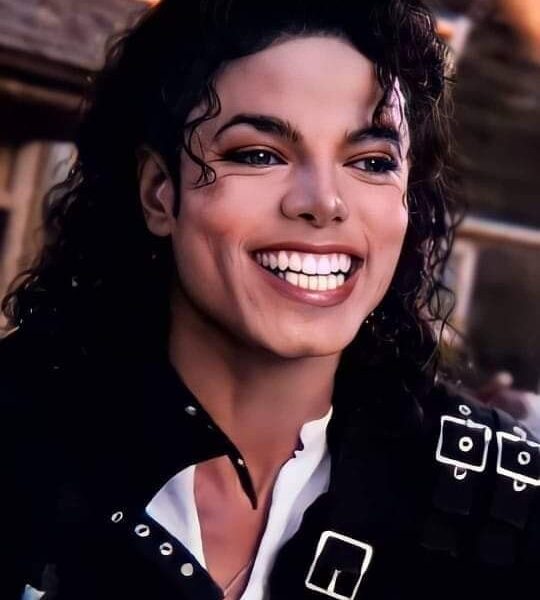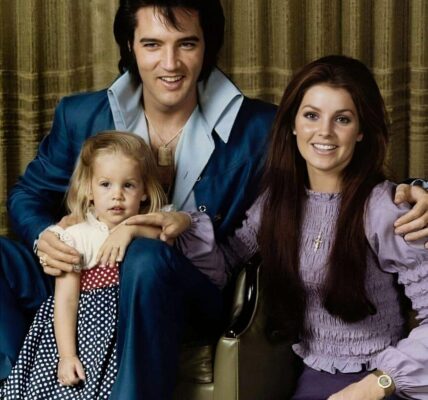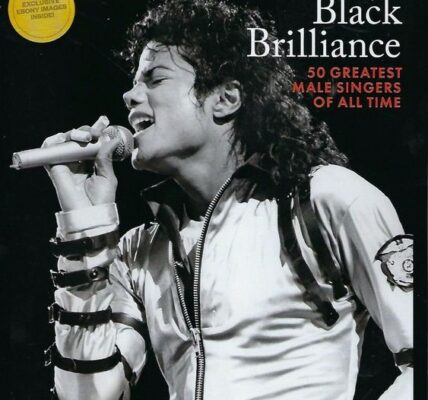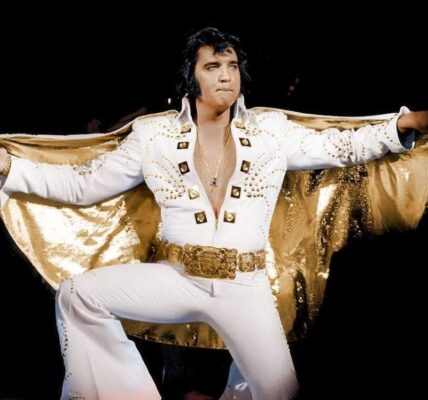Michael Jackson, the undisputed King of Pop, didn’t just dominate the airwaves—he transformed the very way music was made, heard, and seen. His impact on pop music goes beyond his extraordinary voice, dance moves, and stage presence. He revolutionized music production in ways that are still resonating across the industry today. From pioneering studio techniques to reshaping the role of music videos, Michael Jackson set a new standard for pop music that would influence countless artists and producers for generations.
Early Innovations: The Quincy Jones Partnership
The turning point in Michael Jackson’s career came with his collaboration with producer Quincy Jones, a musical partnership that would redefine the sound of pop in the late 20th century. Jones, already a legend in his own right, brought an unmatched breadth of musical knowledge, blending jazz, soul, and pop into a seamless sound. But it was Jackson’s visionary creativity that pushed their collaborations into uncharted territory.
Their first major collaboration, Off the Wall (1979), was a triumph, but it was Thriller (1982) that would forever alter the landscape of pop music. Thriller didn’t just top charts—it obliterated them, becoming the best-selling album of all time. The success was not just due to Jackson’s innate talent, but the meticulous production choices made by him and Jones.
Jackson’s approach was fearless; he fused genres with abandon, drawing from rock, R&B, funk, and soul, and layered them into something wholly new. Tracks like “Beat It” melded rock guitar riffs with pop melodies, while “Wanna Be Startin’ Somethin’” blended African rhythms with a disco pulse, showcasing Jackson’s willingness to cross boundaries and create something fresh.
Pioneering Studio Techniques: Jackson’s Technological Mastery
What truly set Michael Jackson apart from his contemporaries was his innovative use of studio technology. At a time when pop music was still relatively analog, Jackson embraced emerging digital tools, transforming the studio into an instrument itself.
One of the most iconic examples of this is “Billie Jean.” The song’s instantly recognizable bass line wasn’t just a product of raw talent—it was a careful construction using cutting-edge technology. The track’s foundational groove was laid down with a Roland TR-808 drum machine, a piece of equipment that was still new to the music world. Jackson and his team didn’t just use it as a tool; they turned it into a defining feature of the song, creating a sound that felt both futuristic and timeless. The 808 would go on to become a staple of pop production, thanks in large part to Jackson’s pioneering work with it.
In addition to digital sampling and drum machines, Jackson also explored multi-tracking techniques that allowed him to layer vocals in complex harmonies, creating a rich, full sound that was both polished and dynamic. His attention to detail in the studio was legendary; every element of a track was meticulously crafted to serve the overall vision of the song. Jackson’s perfectionism led to songs that felt as if they had been sculpted, with every beat, melody, and harmony falling perfectly into place.
Redefining Song Structure: A New Blueprint for Pop
Michael Jackson didn’t just change how songs were produced—he changed the very structure of pop music itself. While traditional pop songs often followed a simple verse-chorus-verse formula, Jackson’s work introduced a level of complexity that was groundbreaking.
Take “Thriller,” for instance. The song isn’t just a hit—it’s an epic. From its eerie opening, to its spine-chilling spoken-word interlude by horror icon Vincent Price, to its unforgettable chorus, every part of the song is designed to tell a story. Jackson wasn’t content to simply make a catchy tune; he wanted to create a complete experience, one that engaged listeners on multiple levels.
In many of his songs, Jackson extended intros, added unexpected bridges, and experimented with key changes and modulations that kept listeners on their toes. This was especially apparent in his ballads, where he would slowly build the intensity, adding layers of emotion and complexity as the song progressed. His ability to craft a narrative arc within a song was unparalleled, and it set a new standard for pop music that emphasized storytelling alongside melody.
Music Videos as Production Tools: The Visual Revolution
Michael Jackson’s innovation extended beyond the recording studio and into the visual realm, where he arguably made his most lasting impact on the music industry. Jackson didn’t just make music videos—he made short films. His videos were cinematic events that elevated the medium to new heights, forever changing the way artists approached the visual side of their music.
Nowhere was this more evident than with the music video for “Thriller.” At 14 minutes long, the video was a groundbreaking piece of filmmaking that combined horror movie tropes with slick choreography and an infectious beat. Directed by John Landis, “Thriller” wasn’t just a music video—it was a cultural moment. The iconic dance routine, with Jackson leading a group of zombies through a perfectly synchronized performance, became one of the most famous images in pop culture history.
But Jackson’s videos weren’t just about spectacle; they were also about storytelling. “Billie Jean” explored themes of fame and suspicion, while “Beat It” tackled gang violence through a combination of music and dramatic choreography. Each video was a carefully crafted piece of art, designed to enhance the song’s message and engage the audience on a deeper level.
Jackson understood that in the age of MTV, the visual component of music was just as important as the sound. His ability to blend music with visuals in a cohesive and compelling way set a new standard for artists, who began to see music videos as essential to their creative expression and success.
The Lasting Legacy: Jackson’s Enduring Influence on Pop Music
Michael Jackson’s influence on pop music production didn’t end with his own work. His innovations have had a ripple effect across the industry, influencing generations of artists and producers who continue to draw inspiration from his techniques and vision.
Today, the hallmarks of Jackson’s production style can be heard in the work of artists as diverse as Beyoncé, Justin Timberlake, and Bruno Mars. These artists have embraced Jackson’s fusion of genres, his complex song structures, and his meticulous attention to detail, carrying his legacy forward into the 21st century.
Even beyond individual artists, Jackson’s impact can be seen in the very fabric of modern pop music. His use of digital technology paved the way for the electronic production techniques that dominate the charts today. His emphasis on storytelling through music videos laid the groundwork for the visual albums and cinematic experiences that artists like Beyoncé have perfected. And his fearless blending of genres has become the norm in an era where genre boundaries are increasingly fluid.
Michael Jackson didn’t just change pop music—he transformed it. His innovative approach to music production redefined what was possible, both in the studio and on screen. Jackson’s legacy is not just in the records he broke or the awards he won, but in the countless artists who continue to build on the foundation he laid.
As we listen to today’s pop hits, we can hear echoes of Jackson’s influence in every beat, every melody, every harmony. His genius was not just in his ability to create music, but in his ability to see the future of music, and to push the industry forward with each new project. For Michael Jackson, music production wasn’t just a process—it was an art form. And it is an art form that he forever changed.
Conclusion: The Eternal King of Pop Production
Michael Jackson’s contributions to music production are as important as his contributions to music itself. He wasn’t just a performer; he was a visionary who understood that the sound, structure, and presentation of music were all part of a larger, cohesive experience. Through his collaborations with Quincy Jones, his pioneering use of studio technology, his groundbreaking song structures, and his cinematic music videos, Jackson set a new standard for what pop music could be.
Even now, more than a decade after his passing, Jackson’s influence can be felt in the sound and style of today’s music. His legacy lives on in the work of countless artists who have taken his innovations and made them their own. Michael Jackson may no longer be with us, but his impact on the music industry—and the world—will endure for generations to come.




